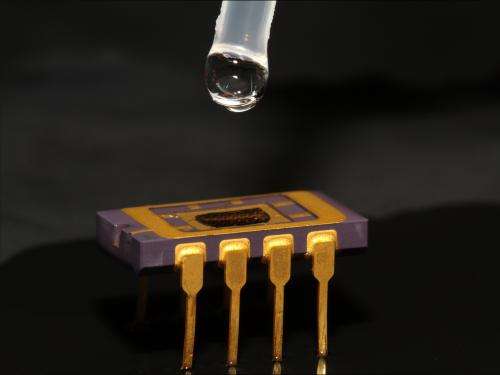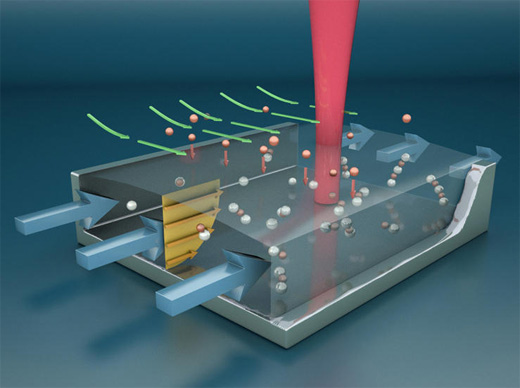_ Nanoelectronics and Plasmonic Particles Department
Electrical nanosensor _plasmonic nanoparticles
Researcher and Author: Dr. ( Afshin Rashid)
Note: For nanosensors, a plasmonic nanosensing process involves a complex three-element interaction between photons, molecules, and nanostructures . Nanosheets, nanotubes, and nanoparticles, to enhance the sensitivity of advanced surface Raman spectroscopy and fluorescence in nanosensors based on nanoparticle-based multi- to monolayer plasmonic enhanced nanosensors, and , for many small cross-sections or weakly adsorbed molecules, detection is difficult in plasmonic nanosensors.
Floating particle performance for plasmonic enhanced nanosensors based on nano- to multi-layer nanoparticles in the interaction between molecules and nanostructured surfaces. Based on the colloidal aggregation pathway , weakly adsorbed molecules cannot be adsorbed onto a metal surface during rapid aggregation. Therefore, this inherent defect prevents these nanosensors from exhibiting significant sensitivity. On a solid surface with nanoparticles, carefully immersing the nanosensor substrate in a solution containing the analyte may result in homogeneous molecule adsorption. However, the adsorption time (e.g., several hours) is far beyond practical timescales. Instead , by drying the analyte-containing droplet on a substrate, the molecule distribution on plasmonic enhanced nanosensors based on nano- to multi-layer nanoparticles may face a non-uniformity issue.
Localization of analytes to high-efficiency plasmonic hotspots is of great importance in enhancing the sensitivity of plasmonic nanosensors. The coffee ring effect is a very common phenomenon, and its nature is that the capillary flow outward from the center of the droplet transports dispersed droplets to the edge, which continues with evaporation . In many detections based on plasmonic nanosensors, the formation of a ring may result in a completely uncontrolled distribution of colloidal nanoparticles and target molecules, resulting in a declining signal uniformity and lower sensitivity in the performance of floating particles for plasmonic-enhanced nanosensors based on few to monolayer nanoparticles. Plasmonic-based nanosensors have attracted considerable attention due to their extraordinary sensitivity even at the single-molecule level. However, at present, plasmonic-enhanced nanosensors have not achieved excellent performances in practical applications, and their detection at femtomolar or attomolar concentrations is very challenging.
Conclusion:
For nanosensors, a plasmonic nanosensing process involves a complex three-element interaction between photons, molecules, and nanostructures . Nanosheets, nanotubes, and nanoparticles, to enhance the sensitivity of advanced surface Raman spectroscopy and fluorescence in nanosensors based on few- to single-layer nanoparticles, and , for many small cross-sections or weakly adsorbed molecules, detection is difficult in plasmonic nanosensors.
Researcher and Author: Dr. ( Afshin Rashid)
Specialized PhD in Nano-Microelectronics




